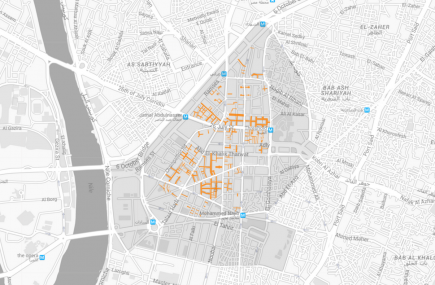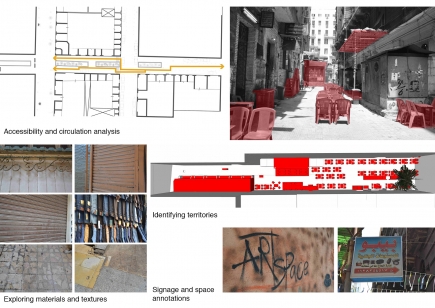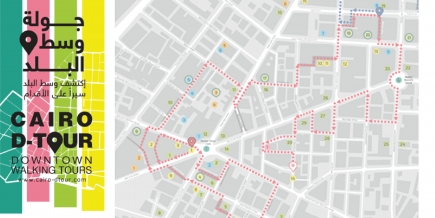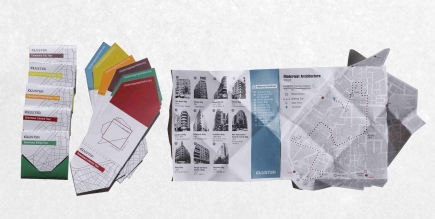| Theme: | |
| Format: | |
| Date: | May 30, 2013 6:00pm |
| Organized by: | DAI - German Archaeological Institute Cairo |
| Venue: | DAI - German Archaeological Institute Cairo |
| Address: | German Archaeological Institute, Cairo Department 31, Abu el-Feda, Zamalek, Cairo, Egypt |
| Event Language: | English |
This paper will examine the potential for comparison of archaeo-botanical remains from three New Kingdom sites in the Delta / North Sinai region. Each site was excavated by different teams over several years with different research aims. None of the teams implemented the same methodologies or excavation techniques, in-part due to the significantly different site conditions. Tell el-Borg is a New Kingdom fortress situated in the desert of North Sinai, along the ‘Way of Horus’. The site has been heavily damaged in recent history, by military activities dating from the 1960’s onwards. The current arid desert environment in the area would suggest preservation by desiccation, but the catastrophic modern damage to the site precludes this likelihood, thus only carbonised remains were examined.
Tell el-Retaba (Pithom) is situated in the Wadi Tumilat, and at present is a significant Tell site on the edge of a modern village with well preserved archaeological deposits dating from the Hyksos Period through the Third Intermediate Period. Whilst the site is not in the arid desert zone, some organic remains have been preserved via desiccation, but in the main the botanical remains examined were carbonised.
Sa el-Hagar (Sais) is situated in the mid-western Delta, adjacent to the Rosetta branch of the Nile, within a modern village. Sais was a major city in the Saite period, but there are significant New Kingdom remains at the site, as well as archaeological deposits dating back to the Pre-historic periods. The Saite temple area is protected antiquities land, but the earlier remains lie beneath modern cultivation areas. As such, and due to the location of the site within the main Delta flood-plain region, organic remains are preserved only via carbonisation, and in many instances proved to be heavily damaged by crop root-systems.
Archaeo-botanical remains have been identified and analysed from all three sites. As would be expected from charred plant remains at settlement sites, the material represents the use of cereal crop processing waste and by-products utilised as animal fodder and fuel. Each set of materials presents different problems, particularly relating to the varied level of preservation. Direct comparison is therefore complex, but certainly possible and has potential to address several issues in Egyptian Archaeobotany, making a significant contribution to this under-represented discipline.








